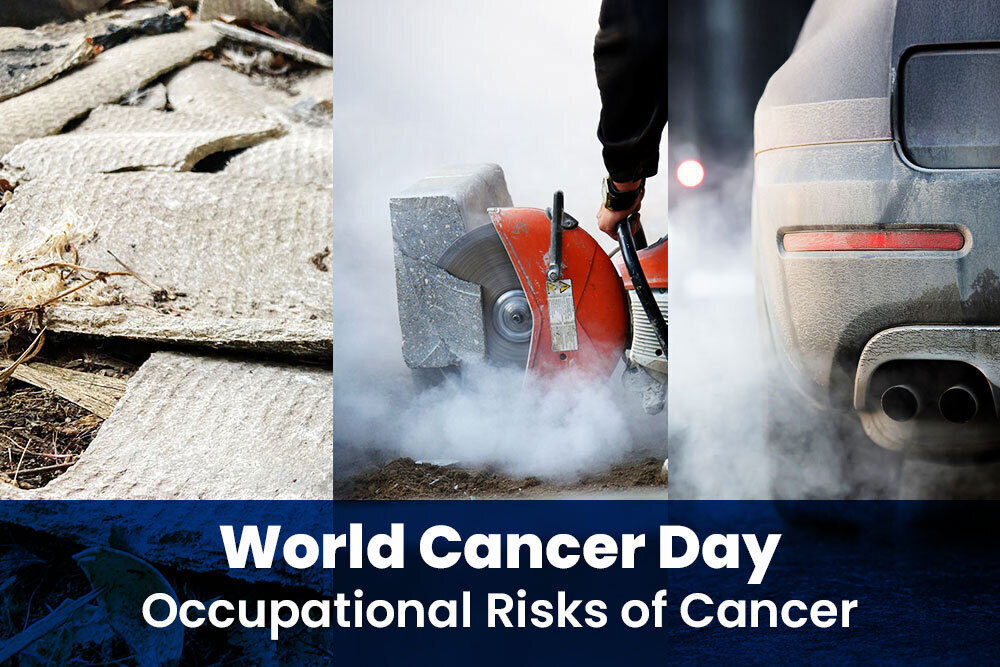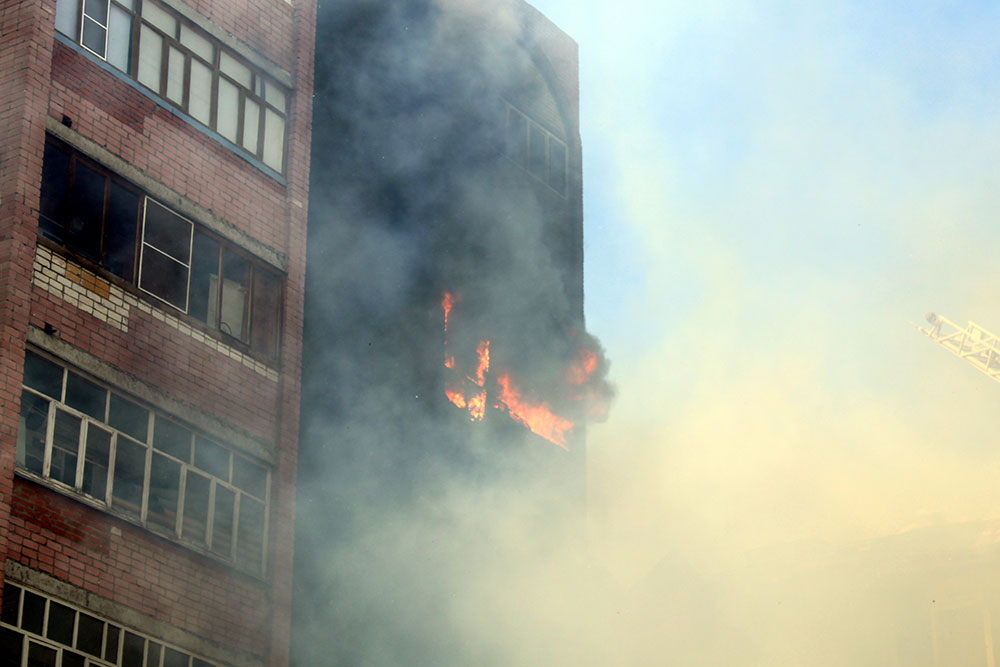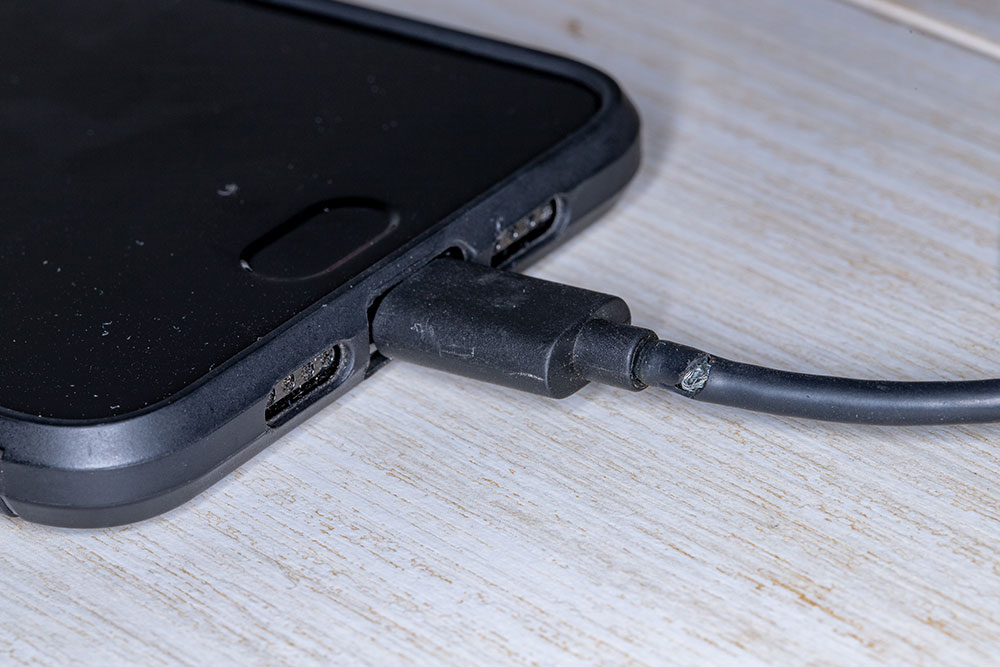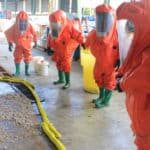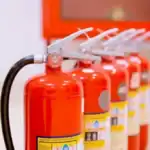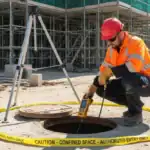
Although they’re often used interchangeably, there is a clear difference between an accident and an incident.
If you work in health and safety, knowing that difference is essential. Confusing the two can lead to misunderstandings or even legal trouble.
This guide explains the differences between accidents and incidents and why terminology matters in health and safety management.
Key Takeaways: Difference Between Accident and Incident
- Incidents are unplanned events that have the potential to cause harm.
- Accidents are unplanned events that actually cause harm to people or property.
- Incident is the umbrella term. It includes events where someone is hurt (i.e., an accident) and events where there was the potential for harm
- Knowing the difference between accidents and incidents helps you respond correctly, report accurately and take the right preventive steps.
What Is an Incident?

Incident is the broadest term used in workplace safety.
It applies to any unplanned event that:
- disrupts work,
- poses a risk; or
- results in harm.
Incidents include accidents, near misses and other safety-related events – whether or not someone is injured.
In health and safety reporting, the term “incident” helps capture the full range of things that can go wrong, not just those that result in injuries.
For example, the collapse of an unmanned scaffold is an incident. The event was unplanned, caused disruption and could have (but didn’t) result in injury.
Accident Investigation Training
Our accident investigation training guides users through a step-by-step process for investigating workplace accidents. It helps trainees gather facts, identify root causes, interpret findings and implement measures to prevent future incidents.
What Is a Near Miss?
A near miss is a type of incident. It describes an unplanned event where someone could have been harmed but escaped uninjured, either by chance or timely intervention.
In a near miss, no injury, damage or loss occurs, but the potential for harm was real. You can think of near misses as a dress rehearsal for an actual accident, which is why they’re significant.
Near misses reveal underlying risks before someone gets hurt. If ignored, they will eventually lead to future accidents.
For example, if a worker trips over a loose cable but regains their balance, that’s a near miss. To prevent a future injury, that loose cable must be addressed.
What Is an Accident?
An accident is a type of incident that results in actual harm, such as:
- injury,
- illness; or
- damage to property or equipment.
Accidents are the most serious category of incident because someone or something is affected.
Like near misses, accidents often expose flaws in procedures, training or equipment. So, also like near misses, accidents should be investigated.
For example, if a worker trips over a loose cable, falls and sprains their wrist, that’s an accident. The same hazard existed as in a near miss, but this time it caused harm.

The Key Difference Between Accidents and Incidents
When comparing accidents vs incidents, the key difference is this:
Incidents may or may not cause harm. Accidents do cause harm.
An incident is any unplanned event that could pose a risk, cause harm or disrupt work. It’s the umbrella term that includes:
- Accidents, where actual harm occurs
- Near misses, where harm could have occurred but didn’t
All accidents are incidents – but not all incidents are accidents.
Incident Reporting
By law, certain incidents must be reported to the Health and Safety Executive (HSE).
This duty comes from the Reporting of Injuries, Diseases and Dangerous Occurrences Regulations 2013 (RIDDOR).
Under RIDDOR, the HSE must be notified of work-related “reportable incidents” – incidents that meet specific criteria.
Reportable incidents include:
- Fatalities
- Specified injuries (e.g. fractures, amputations, serious burns)
- Injuries that result in more than 7 days off work
- Work-related diseases (e.g. occupational asthma, dermatitis, carpal tunnel syndrome)
- Dangerous occurrences (serious near misses, such as scaffold collapses or electrical faults)
- Injuries to non-workers (e.g. members of the public) that result in hospital treatment
These incidents must be reported to the HSE without delay. This is generally understood to mean within 10 days, although it’s best to do it immediately.
Failing to report an incident when required is a legal offence and can lead to enforcement action.
How to Respond to an Incident
Every workplace is different, but certain steps apply after most health and safety incidents. Here we’ve outlined key actions to help you take control of a situation, protect others and lay the foundations for an effective post-incident investigation.
1. Make the Area Safe
Your first priority is to prevent further harm. Stop nearby work and secure the area to protect other workers, equipment or members of the public. This might include isolating machinery, cordoning off the scene or shutting down a process.
However, only remove employees or equipment if it’s necessary for safety or medical reasons.
2. Provide First Aid
Make sure any injured person receives immediate care. This could mean calling emergency services or providing on-site first aid.
Document what was done and by whom. First aid records may be useful later in the investigation.
3. Report the Incident Internally
If it’s not you, notify the relevant person within your organisation, such as a supervisor, site manager or health and safety officer.
Follow your internal reporting process and log the incident as soon as possible. Early notification ensures the right people can take action.
4. Preserve the Scene
If it’s safe to do so, leave the scene undisturbed until evidence has been documented.
Avoid moving tools, materials or equipment unless absolutely necessary. This helps investigators understand what happened and how to reduce the risk of accidents in the future.
5: Begin an Initial Record
Write down what you know. Include:
- Time, date and location of the incident
- Names of those involved or nearby
- Environmental conditions (e.g. weather, lighting, noise)
- Any immediate actions taken
This record helps create a timeline and ensures important details aren’t forgotten.
6: Decide if the Incident Is Reportable Under RIDDOR
Review the event to see if it meets the criteria for RIDDOR reporting. This includes fatalities, certain serious injuries and dangerous occurrences.
If it is reportable, notify the HSE as soon as possible.
The Role of Training
Understanding the difference between an accident and an incident is important. But in reality, they often stem from the same underlying issues. The only difference is the outcome.
If you’re responsible for workplace safety, you need to know how to turn these unplanned events into opportunities for improvement.
Our online Accident Investigation Training course introduces the key stages of an effective investigation. It’s designed for those who are new to the process or need a structured approach to follow.
You’ll learn how to:
- Collect evidence and interview witnesses
- Identify contributing factors and root causes
- Recommend meaningful corrective actions
Enrol now and learn how incident investigations can reduce the risk of future accidents.
